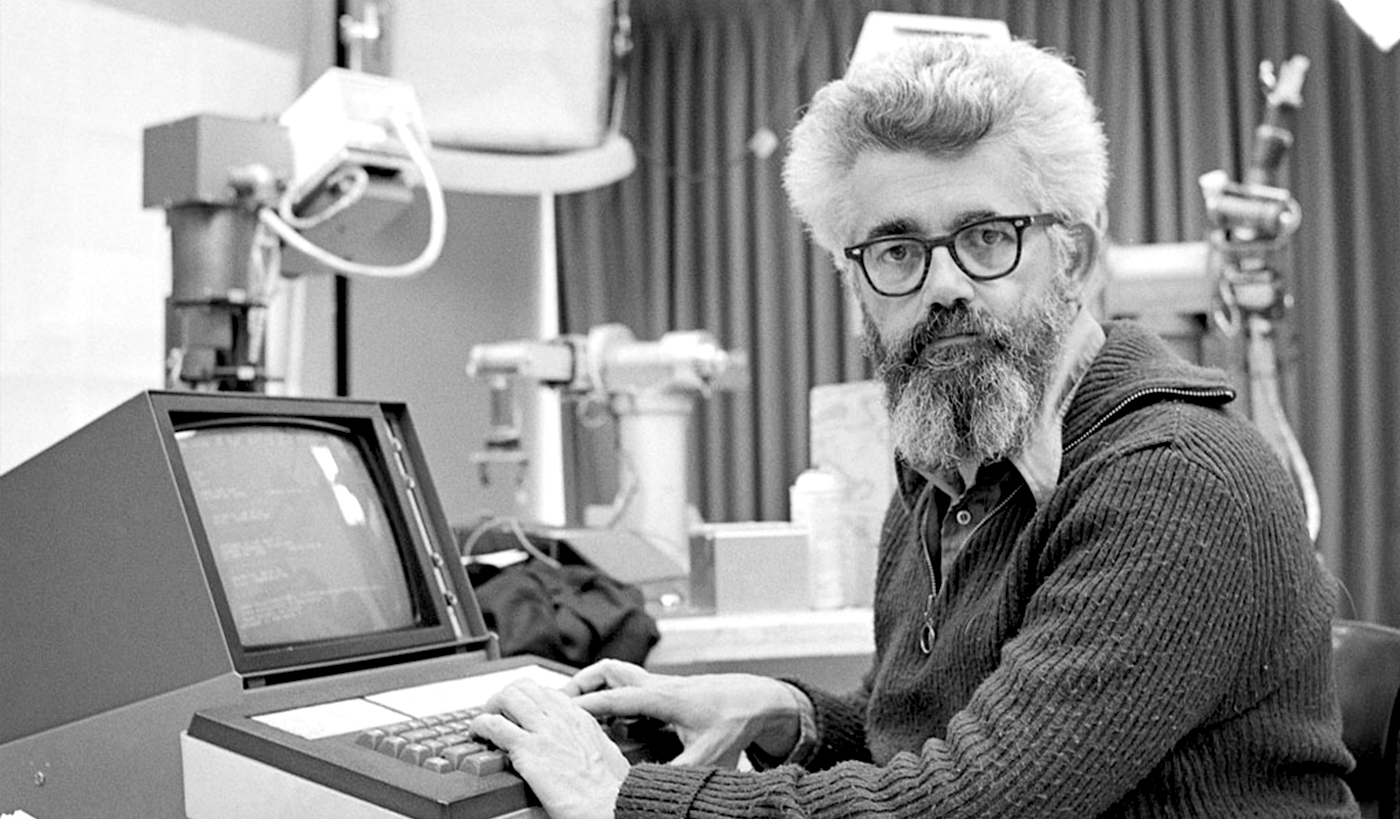
“Unfortunately, the competitive and commercial aspects of making computers play chess have taken precedence over using chess as a scientific domain…It is as if the geneticists after 1910 had organised fruit fly races and concentrated their efforts on breeding fruit flies that could win these races.” said John McCarthy about computer chess and Artificial Intelligence (AI).
In his view, AI was about writing computer programs that can solve problems and achieve goals as well as humans. The way the field of AI was evolving didn’t always agree with McCarthy’s sensibilities. To him, AI was about understanding human reasoning and apply it to computers – the science and engineering of making intelligent machines. After all, he was a cognitive scientist.
His remarkable contribution doesn’t end with AI alone, he developed the Lisp programming language family. He invented the ‘garbage collection’ method to solve problems in Lisp. A garbage collector attempts to reclaim garbage (unusable material). Similarly, this method finds data objects in a program that cannot be accessed in the future and reclaims the resources used by those objects.
He also significantly influenced the design of the ALGOL programming language which became a very influential programming language by introducing many new constructs now in common use. One of his most seminal works was popularization of timesharing. Without time-sharing, we wouldn’t have the modern internet, servers or even cloud computing – hard to imagine, isn’t it?
McCarthy received many accolades and honors such as the Turing Award for his contributions to the topic of AI, the United States National Medal of Science, and the Kyoto Prize.
It is not surprising that he was exceptionally intelligent. He not only graduated from Belmont High School two years early but also skipped the first two years of mathematics in Caltech as he taught himself college mathematics while in his teens. He received a Ph.D. in Mathematics from Princeton University. He was instrumental in the creation of Project MAC at MIT and Stanford AI Laboratory.
Before he left to the better world, he was in the process of developing another computer language called ‘Elephant’. According to him, it was based on two characteristics of an elephant – one is ‘an elephant never forgets’ and the other is ‘I meant what I said and I said what I meant. An elephant’s faithful 100%’.
An interesting soul, indeed!